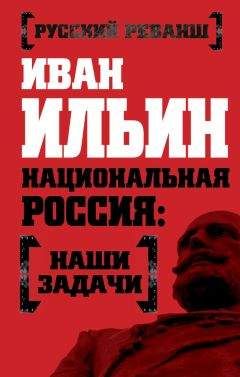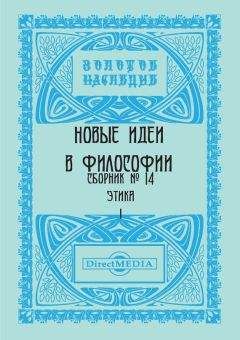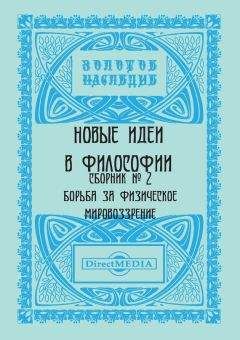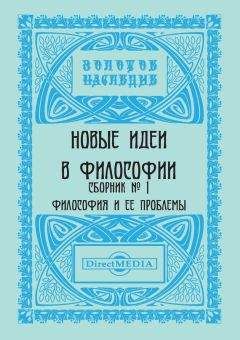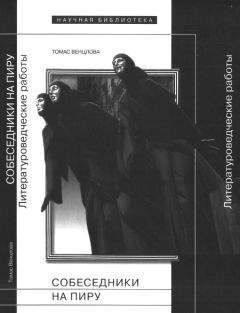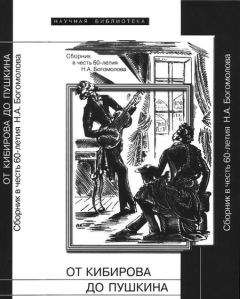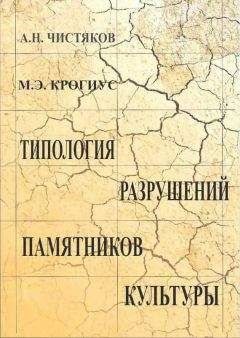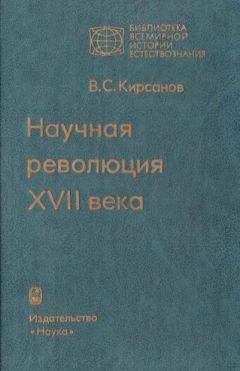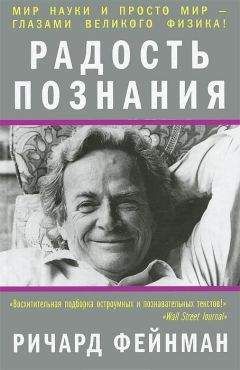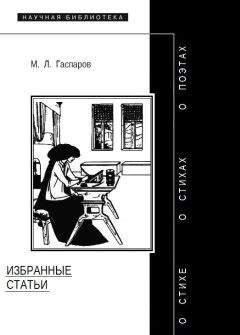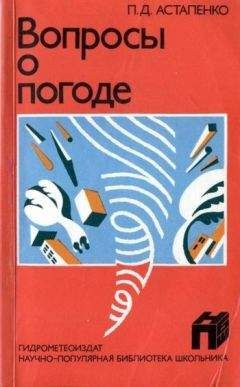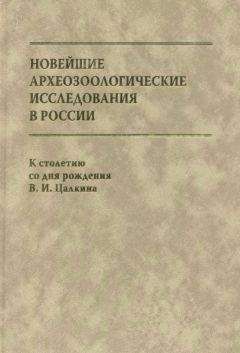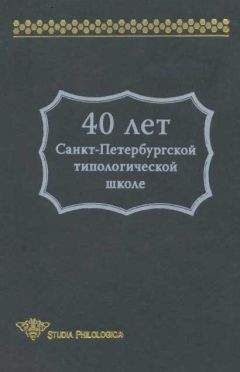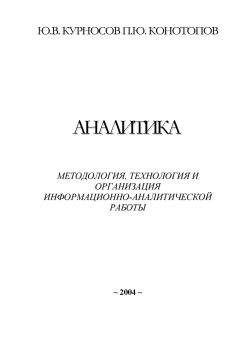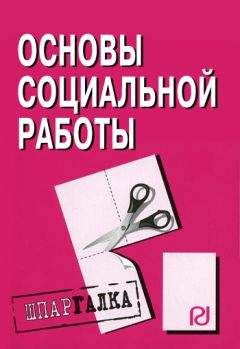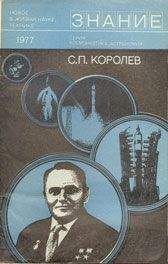Михаил Безродный - Россия и Запад

Скачивание начинается... Если скачивание не началось автоматически, пожалуйста нажмите на эту ссылку.
Жалоба
Напишите нам, и мы в срочном порядке примем меры.
Описание книги "Россия и Запад"
Описание и краткое содержание "Россия и Запад" читать бесплатно онлайн.
Сборник, посвященный 70-летию одного из виднейших отечественных литературоведов Константина Марковича Азадовского, включает работы сорока авторов из разных стран. Исследователь известен прежде всего трудами о взаимоотношениях русской культуры с другими культурами (в первую очередь германской), и многие статьи в этом сборнике также посвящены сходной проблематике. Вместе с тем сюда вошли и архивные публикации, и теоретические работы, и статьи об общественной деятельности ученого. Завершается книга библиографией трудов К. М. Азадовского.
These somewhat modest literary interactions mark the first groundbreaking of Akhmatova’s and Pasternak’s creative rivalry. In the next stage the stakes will be much higher as the poets assert themselves as the witnesses of a horrific age and the voices of a wronged people. It would be in the deeply hidden literary underground of the 1930s that the courageous Akhmatova again invoked now absolutely forbidden Scripture on the occasion of her son’s arrest in 1935 and the onset of Stalin’s sustained persecutions of the Great Terror. In these years a poem was written once on paper, memorized by trusted people and archived in memory. The paper was then burned and the poem written down again much later, when it was safe to do so.
In her stunning cycle, «Requiem» (1935–1940), Akhmatova bears witness to the evisceration of her beloved city, Leningrad, the terrible suffering of its best people, and the time when «безвинная корчилась Русь Под кровавыми сапогами И под шинами черных марусь»[359]. Religious imagery creates deep historical and mythical resonance as Akhmatova immortalizes the relationship between mother and son. The cycle invokes various cultural scenarios, but none more than Russian Orthodox spirituality. The first of the ten central poems, «Уводили тебя на рассвете», speaks of Akhmatova’s son kissing the icon as he leaves: «На губах твоих холод иконки»[360]. By the fourth poem, we learn that the prison, to which she and thousands of other women go in hope of hearing news and delivering packages, is called «Kresty», or «Crosses», already setting the stage for a crucifixion story (even though, happily, her son did live and was eventually released). In the sixth poem she speaks of the Leningrad white nights discussing her son’s awaited death and a «lofty cross», obviously elevating him to the position of a Christ figure.
The tenth and final poem of the main body of «Requiem», «Crucifixion», is the climax of the cycle. Here Akhmatova’s voice expresses a woman, a mother, who has no power but to weep, witness, and remember. The title, «Crucifixion», speaks to Christ’s death but is really more about the experience of Mary, now the Mother of God. As Akhmatova pictures Christ before the Crucifixion, in him divine nature is about to be revealed: «Хор ангелов великий час восславил, И небеса расплавились в огне»[361]. То his Father Christ cries, «„Why hast Thou forsaken me!“» (Matt 27:46), while to his mother, in Akhmatova’s significant distortion of Scripture, he says, «Oh, do not weep for Me…» (Luke 23:28). One suggests a challenge to a greater (paternal) power, while the other suggests possibly bravery in the face of (maternal) lamenting love. The actual citation comes from the passage in Luke 23:28, in which, having been sentenced to death, Jesus exhorts a group of lamenting women to weep not for him but for themselves and their world gone wrong. Although the biblical passage is not about Mary, Akhmatova makes it so, while also implying that this world, the world of Stalin’s making, is a Russia gone terribly wrong.
The second poem of «Crucifixion» focuses on three people close to Jesus — one is Magdalene, who «beat her breast and sobbed», acting out her passion; the second is the disciple; and, in Akhmatova’s rendition, the third is the Mother of God, who stands alone: «А туда, где молча Мать стояла, Так никто взглянуть и не посмел»[362]. Again, Akhmatova significantly distorts Scripture in order to enhance the figure of Mary. In John 19:27 Jesus exhorts his disciple to view his (Jesus’s) mother as if Mary were the disciple’s own mother. The disciple takes Mary into his house henceforth. But Akhmatova empowers the Mother of God by setting her apart and alone, seemingly unloved and ignored, whose mourning is unbearable for other people to countenance, but thereby all the more unforgettable[363]. Unavoidably, in the associative, coded language of poetry, Akhmatova’s Mother of God is clearly vying here with Tsvetaeva’s Magdalene of 1923, who resonates in the demonstrably dramatic figure of Akhmatova’s Magdalene.
In the final poem of the cycle’s epilogue Akhmatova solidifies her own affinity for the Mother of God through a particularly Russian image of Mary as protector of all believers, who covers them with her mantle. With this image she also reenforces herself as a national poet, whose voice will protect people who no longer have a voice or a self:
Для них соткала я широкий покров
Из бедных, у них же подслушанных слов.
О них вспоминаю всегда и везде,
О них не забуду и в новой беде[364].
«Requiem» is indeed meant to be that mantle of words to preserve the memory of the Great Terror, which in turn can protect Russians from ever suffering this awful fate again.
In this final poem Akhmatova rises above the poetic rivalry with Tsvetaeva, placing the «Requiem» cycle in an ancient tradition of monument poems that dates back to Horace and in Russia starts in the 18th century and moves forward through Pushkin. Here too Akhmatova establishes herself as the moral voice of her nation by suggesting that the monument be placed by the door of Kresty Prison, or in the logic of myth, by the «Cross», to honor Russia’s mothers in their effort to withstand the injustice of the Stalinist state:
А если когда-нибудь в этой стране
Воздвигнуть задумают памятник мне,
Согласье на это даю торжество,
Но только с условьем — не ставить его
Ни около моря, где я родилась <…>
А здесь, где стояла я триста часов
И где для меня не открыли засов[365].
Akhmatova dramatizes the image of the sorrowing mother:
И пусть с неподвижных и бронзовых век
Как слезы струится подтаявший снег,
И голубь тюремный пусть гулит вдали,
И тихо идут по Неве корабли[366].
The weeping mother in the end is the final judge of the terror and the wasted existence of the Stalin years.
With «Requiem» Pasternak’s rivalry with Akhmatova gains in intensity. In 1939 Akhmatova read to Pasternak some of the poems from «Requiem», to which Pasternak allegedly responded, «Now even dying wouldn’t be terrifying»[367]. As a rule, Pasternak was known for not paying much attention to other people’s poetry, and Akhmatova was often irritated that he seemed so ignorant of her work[368]. In fact, such turns out not to have been the case. Pasternak paid her the highest compliment, again in the secret code of poetic language, competing with her in what he considered to be his most serious work, «Doctor Zhivago».
Pasternak started working in earnest on his novel in 1946, the year after World War II ended. The significance of the novel for its author is the topic of letter of October 13, 1946: «This is my first real work. In it I want to give an historical image of Russia of the last 45 years… this thing will be an expression of my views on art, the Gospel, a person’s life in history and many other things… The atmosphere of the thing is my Christianity, in its breadth a bit different from Quakers or Tolstoyanism, coming from aspects of the Gospel other than its moral ones»[369]. What he meant by the «other than moral» aspects of the Gospel was its life-affirming aspects, its passion and its faith in resurrection.
For first time in his career, Pasternak is realizing the concept of the Bible theorized in his 1929 autobiography as the «notebook of humanity», the living, ever relevant rethinking and re-adaptation of sacred text. Here for the first time he draws on biblical archetypes that resonate with historical, philosophical, and mythical layers of meaning.
«Doctor Zhivago» has been called a «montage» of biblical and liturgical texts both visual and verbal, including the name of Zhivago from Luke 24:5, which means «of the living»[370]. There are a great many links to Orthodox ritual, starting with the structuring of time in the novel through the Orthodox calendar and ending with long discussions of Orthodox belief in transfiguration through imitating the life of Christ and through human participation in transfiguration of the world to a divine condition, known as Apokatastasis[371]. The main point, however, is that this unique lyrical-philosophical novel narrates the poet’s creative process resulting in an unparalleled cycle of poems that make up the work’s final chapter and which end with nine of the finest religious poems in Russian literary history.
Pasternak’s image of Christ emerges in the novel’s and Yury Zhivago’s own philosophical meditations about history and the historical development of the idea of personhood, which hearken back to the Orthodox philosophies that emerged during the Russian renaissance of the pre-revolutionary decades[372]. This figure particularly emphasizes the idea of resurrection. As Yury recovers from typhus in the winter of 1918, he starts to compose a poem in his head, in which he hears a voice of new life urging him «to wake up». This line is linked in Yury’s consciousness with both «ад, и распад, и разложение, и смерть», on one hand, and «весна, и Магдалина, и жизнь», on the other, much as she was in Tsvetaeva’s poems[373].
The image of Magdalene emerges periperally, as in Yury’s sick deliriums, only later to become the powerful center of Pasternak’s idea of resurrection. Much later, the heroine, Lara Guichard, herself a Magdalene figure, adopts a philosophical view of Magdalene as the embodiment of female personhood, becoming morally conscious through moral failure and self-overcoming.
Many critics have discussed the central figures of Christ and Magdalene as they develop in «Doctor Zhivago». Seemingly missing in the critical commentary are the archetypes associated with Akhmatova Although the wife (of Lot) and mother (Theotokos), so important to Akhmatova’s poetic identity, would seem to have been ignored here, as is often the case in the world of artistic creativity, a kind of acknowledgment of this rival appears where it is least expected, in the byways and side pages of «Doctor Zhivago». We know from Pasternak’s 1929 poem to Akhmatova that, even in resisting this image, he associated her with Lot’s wife. In his novel Pasternak does secretly nod to Akhmatova, while openly ignoring her. The same figure of Lot’s wife is mentioned on the pages dealing with the strange, magical days in the summer of 1917, on the western periphery of the Russian empire when World War I dissolves and revolution breaks out «против воли, как слишком долго задержанный вздох»[374]. Now Yury Zhivago attends public meetings where everyone has a voice, and all sorts of things, even the most outlandish opinions are aired. One speaker heralds ordinary people speaking up as the modern-day equivalent of the story of Balaam’s ass, who has seen an angel in the roadway and refuses to move forward. Having incurred the abusive wrath of her owner, the donkey challenges him, asking him why he is beating her (Numbers 22:22–34). The speaker argues that nothing good will come from not listening to these new voices and claims that Balaam’s master ended badly by being «В соляной столб обратился»[375]. Clearly the speaker, a woman, is confusing the story of Balaam’s ass with the story of Lot’s wife. She is laughed off the podium, just as Pasternak is doing symboliclly to Akhmatova In poetic code, Pasternak is making a signal reference to Akhmatova and, in a sense, putting her in a position of irrelevance, just as he adopts the very position she was also claiming, as the poetic witness to Russia’s horrific history. At the same time, he is also making fun of the poetic strategy of finding biblical analogies for Russia’s revolutionary events, something he himself will do often as the novel progresses.
Textual evidence suggests that «Doctor Zhivago» might well be viewed as a response to Akhmatova’s treatment of the Theotokos, the Mother of God. Although it is certainly not by chance that Yury’s mother’s name is Maria, mothers in «Doctor Zhivago» are diametrically the opposite to Akhmatova’s images. The mother theme receives highly fraught treatment in Pasternak’s novel, where mothers are often not devoted to their children, and if they are, quickly become background characters. Mothers die or disappear or abandon their children in this novel. The novel starts with the funeral of Yury’s natural mother, Maria Nikolaevna Zhivago, whom Yury remembers adoringly and prayerfully even though she often abandonned him as she took cures in Europe for her failing health. Another mother figure is his adoptive mother, Anna Krueger-Gromeko, who dies early on.
Zhivago himself has difficulty in dealing with his first wife Tonia as a mother, seeing her as an object rather than a human being. He imagines her after giving birth as a mythical «barque that crossed the sea of death to the continent of life with a cargo of new souls», lying at mooring with «strained rigging and planking»[376]. Yury’s second wife Lara has one daughter with her first husband Pasha and another with Yury, whom she abandons in the thickets of the Civil War. Yury has a third wife Marina, with whom he has two children, all of whom he ignores and who fall into the background. Finally, the Mary of the Zhivago poem, «Рождественская звезда», is not the stem, stoic mother enduring her son’s crucifixion, around which Akhmatova builds «Requiem», but the young virginal Mary of the birth.
Much more powerful than the mother figure is the Magdalene theme of the lover and fallen woman, surrounding Lara’s adolescent years and reflected in discourses about Magdalene and in the two Zhivago poems devoted to Magdalene. Indeed, Lara, who is described as an intercessor, or «zastupnitsa», in the Yuriatin part of the novel combines both Magdalene and Mary Theotokos in her capacious life experience and generous character[377].
Despite an implicit resistance to the images that form Akhmatova’s fundamental poetic identity, Pasternak shows that Akhmatova was very much on his mind in the final poem of «Doctor Zhivago», «Гефсиманский сад». Attached to a handwritten copy of the final poem, written in 1950, in which the poet announces himself as the judge of his age, was a dedication to none other than «Анне Андреевне [Ахматовой] [sic]»[378]. Not only does this dedication show that Akhmatova was on Pasternak’s mind, but when we examine the text of this final poem of «Doctor Zhivago», we also confirm that it responds specifically though obliquely to the final monument poem of «Requiem», in which Akhmatova creates a monument to herself and all the mothers who bore witness to the horrors of the Stalinist tyranny. Pasternak is competing precisely with Akhmatova, even as he is leaving his own mark as the witness and judge of his age.
Подписывайтесь на наши страницы в социальных сетях.
Будьте в курсе последних книжных новинок, комментируйте, обсуждайте. Мы ждём Вас!
Похожие книги на "Россия и Запад"
Книги похожие на "Россия и Запад" читать онлайн или скачать бесплатно полные версии.
Мы рекомендуем Вам зарегистрироваться либо войти на сайт под своим именем.
Отзывы о "Михаил Безродный - Россия и Запад"
Отзывы читателей о книге "Россия и Запад", комментарии и мнения людей о произведении.





